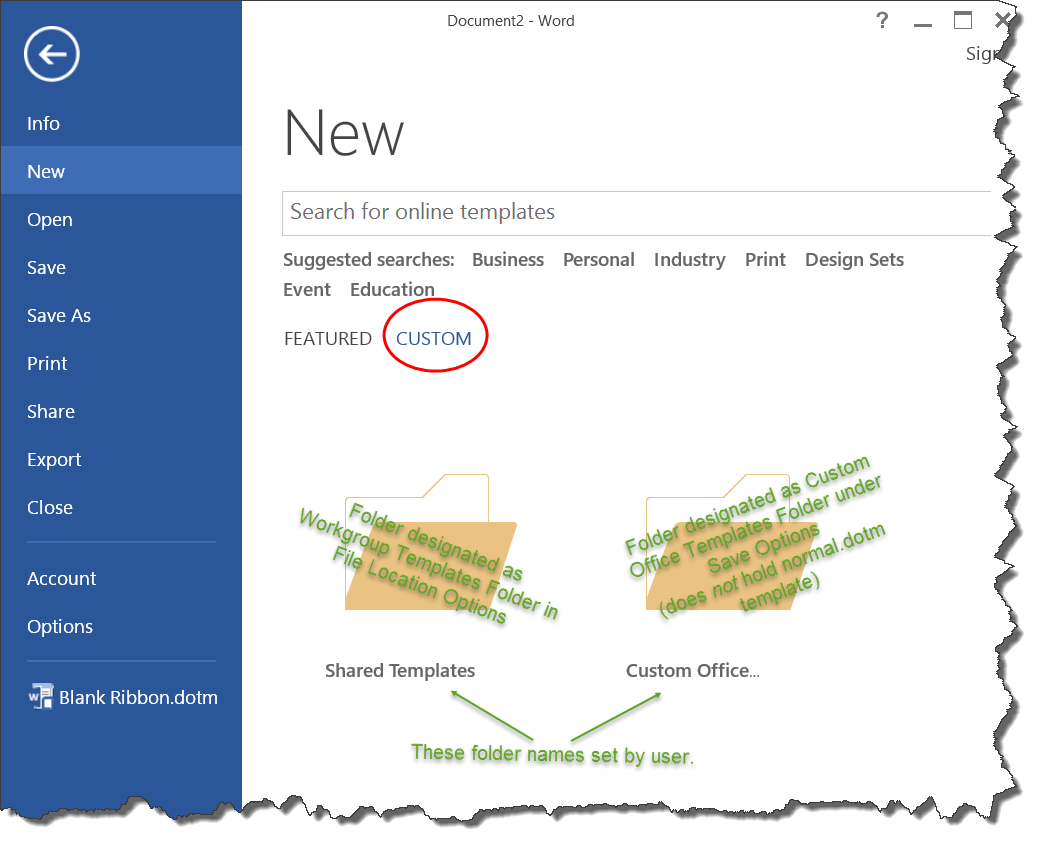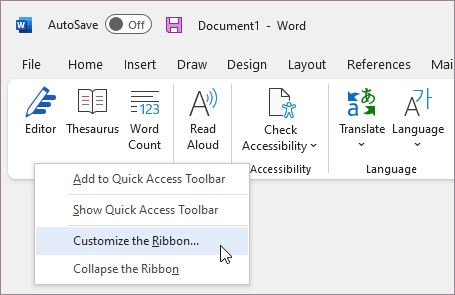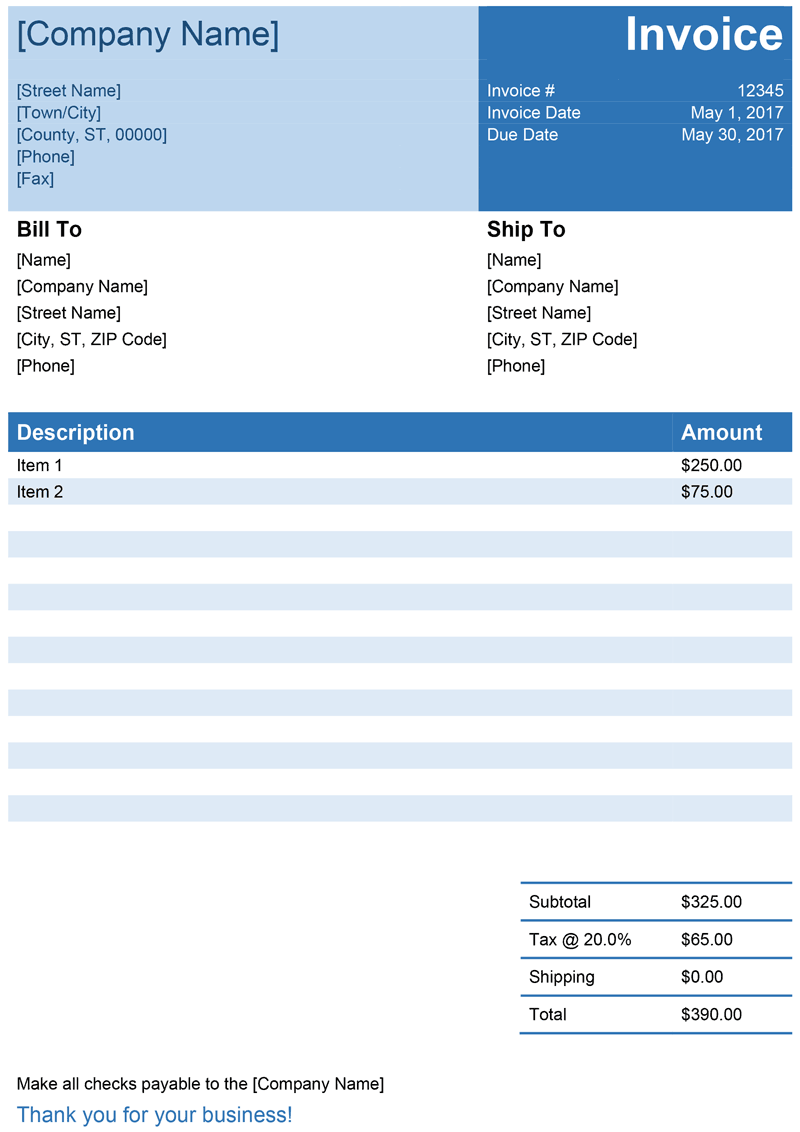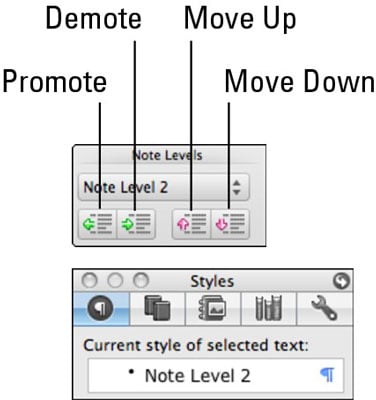
- #Microsoft word for mac add to ribbon layout pdf#
- #Microsoft word for mac add to ribbon layout plus#
(Note the ACM format of 2 columns should remain unchanged but this method should be used in case this is inadvertently changed while editing.) If you need to change the number of columns (primarily with the author information), use the following instructions. (B) Open the context menu (right-click with the mouse or use the keyboard command) and select the Styles menu option. (A) On the Home tab, navigate to the Styles ribbon. Select the desired font (for instance, “Heading 1” or “Normal”) from the selections that appear automatically within the ACM template using one of the following 2 methods: That is, do not simply visually mimic font styles or layouts but rather choose the appropriate options in the Word menus. Use built-in formatting style optionsįor proper accessibility information to export to PDF, it is critical to use the tools within Microsoft Word for formatting.

These instructions use Word 2013 but the information is applicable for earlier versions of Word as well.
#Microsoft word for mac add to ribbon layout pdf#
You’ll need to use a PC to export the document or add accessibility directly to your PDF document. Important: If you are using Word on a Mac, unfortunately there is no equivalent PDF export function that will preserve accessibility features. ACM publications are read (and reviewed) by many people therefore, making your paper accessible will help to promote the equal participation of people with disabilities in science and engineering. This page gives step-by-step instructions for adding basic accessibility information to a Word document on a PC, then exporting it to a PDF document intended for ACM. Click “Close Outline View” in the ribbon.Created by Michele Williams. But if you prefer to close the outline, you can see your document in your default view at any time. You can continue to use the outline view for the life of your document if you like. For instance, if you do not have multiple subdocuments embedded, Merge and Split will be grayed out. Note: Only applicable items will be available in this section of the ribbon. Lock Document: To keep changes from moving into subdocuments, you can lock the document.Split: If you want to separate subdocument content into multiple documents, you can create a split at each insertion point.Merge: If you’re using multiple subdocuments, you can merge all content from each into the first subdocument.Unlink: This removes the link to the subdocument and copies the text to the current document.The remaining options in the Master Document section help you manage the subdocuments you include. This button then changes to “Expand Subdocuments” to quickly expand that item and allow you to view its content again. Once the subdocument is embedded, use the “Collapse Subdocuments” button to collapse the document’s content and only show a link to it. This is handy if you have, for example, a business document and want to include a separate file like a contract, vendor agreement, or statement of work.Ĭlick “Insert” if you have a saved file that you wish to browse for and embed, or “Create” if you prefer to make one on the fly.

To include subdocuments, click “Show Document” in the ribbon to expand that section of controls. If you have lengthy items within your levels and only want to see the first line, check that box. The other two options in the Outline Tools section are “Show Text Formatting” and “Show First Line Only.” If you prefer to view your outline without the formatting of your document for a plain appearance, uncheck that box. This hides everything from Level 4, Level 5, and so on.


For instance, if you choose Level 3 in the drop-down box, you’ll see Level 1, Level 2, and Level 3 only. The list lets you pick which levels you want to view. For lengthy outlines, this can help you collapse levels that you don’t need at the moment and expand those that you do.Īnother convenient tool for focusing on particular levels is the “Show Level” drop-down list.
#Microsoft word for mac add to ribbon layout plus#
The plus and minus signs let you expand and collapse levels. This lets you easily rearrange your points. With the up and down arrows, you can move items in the direction you need. So you can use the Outline Level drop-down box or the arrows on either side to switch to the level you need.īelow the level tools, you have some to rearrange items.


 0 kommentar(er)
0 kommentar(er)
